Troubleshooting Your Furnace: 4 Quick Fixes To Try Before You Call A Professional AC Man In Houston
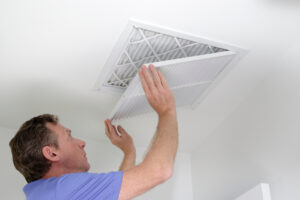 Would you want to spend $100 and then be told the obvious? You wouldn’t?
Would you want to spend $100 and then be told the obvious? You wouldn’t?
We didn’t think so. However, that is what frequently occurs when homeowners in Houston call us about furnace repair. The “problem” is often caused by a minor problem that could have been repaired, which could save themselves the expense of a service call.
If your furnace is not working the way that it should be, wait on the service call. First, try out the following 4 simple troubleshooting tasks. If they do not fix the problem, then call us for assistance.
1. Check The Thermostat For Problems
Is your furnace not turning on? First, check your thermostat and then do the following tasks:
- Make sure that your thermostat is set on “heat” and not on “cool”
- Also, be sure the thermostat is turned 5 degrees higher at least than the room temperature is.
- Replace the battery on the thermostat
- Open up the thermostat and blow out any accumulated dirt or dust. If your furnace is sometimes blowing cool air, you should check your thermostat fan setting in order to be sure it is on “auto” and not “on.” A furnace’s “on” setting” causes the blower to run continuously even when the air is not being heated by the furnace.
2. Check Your Furnace Filter
Is the furnace randomly shutting down? Does it run for long periods of time and seem to not heat your house? Is it weak air coming out of the vents? If so, then the furnace filter may be dirty.
When your system has a dirty furnace filter it restricts the airflow over the heat exchanger over the furnace, which can cause a number of different problems:
- The heat exchanger overheats and then shuts down.
- Soot may accumulate on the heat exchanger, which reduces the efficiency of your furnace. This reduces airflow that comes out of the vents. Which means that the furnace is operating, but you are never comfortable.
The owner’s manual for your furnace should show where the filter is and direction on how to replace it. Your filter should be checked once a month at least and then change it, as necessary. So when is a filter considered to be “too dirty” for you to keep? Hold your filter up to a light. If you are unable to clearly see any light coming through, then replace the filter.
3. Check The Shutoff Switches & Circuit Breakers
Is your furnace refusing to turn on no matter what the temperature has been set to? It might be turned on. The following are a couple of places to check:
- Standard wall switch close to the furnace. It may look like a regular light switch.
- Circuit breaker panel. Search for the switch that has a furnace label close to it. When the switch is in the center position, that means it is tripped. Turn the switch to “off” and then “on.” If that results in the circuit breaker tripping again, then you have another problem that needs to be fixed (such as having to replace the air filter.)
- The front panel that covers the blower. Be sure the panel is shut closed all of the way. Under the panel is a switch that must be depressed in order for your furnace to work.
4. Open Up Any Air Vents That Are Closed
Homeowners frequently close the air vents in the rooms they are not using in order to save money.
However, when vents are closed in any room it actually causes the opposite to occur: it actually wastes money – and may also cause your furnace to shut off.
How?
The size of your furnace is designed for heating up your whole house, including unused rooms. Closing vents will not reduce how much air is pushed out by the blower. It only increases the pressure inside the air duct system.
(Picture yourself attempting to run while breathing with just one nostril. You are still attempting to move around the same amount of air, but there is a lot more pressure that travels through only one nostril.)
The added pressure within the duct system can cause several of the problems that you might be experiencing:
Less comfortable – A majority of houses have air duct leaks, that allows for the escape of conditioned air. Extra air pressure inside of the ducts pushes out more air through the leaks – or creates even more air leaks. This means that less air is getting into certain parts of your house.
Furnace continues to shut down – The added pressure causes your blower to work at lower speeds. That decreases the air over your heat exchanger, which cause it to overheat and then shut down. That is like you have a dirty air filter.
Call or contact us today for more information.

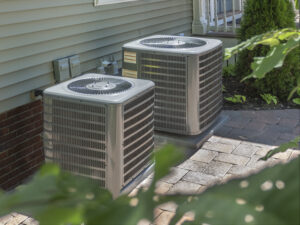 If your furnace doesn’t have a long life ahead, you don’t want to be spending too much money on repairs. Before you decide, make a comparison between its average lifespan and its current age.
If your furnace doesn’t have a long life ahead, you don’t want to be spending too much money on repairs. Before you decide, make a comparison between its average lifespan and its current age. What could be behind this sort of mechanical betrayal? Lots of things! There are many issues that can push down the temperature of the air your furnace emits, and some of them can be easily solved without professional assistance.
What could be behind this sort of mechanical betrayal? Lots of things! There are many issues that can push down the temperature of the air your furnace emits, and some of them can be easily solved without professional assistance.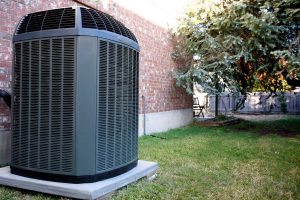 If your furnace is shutting down, then the exchanger could be the culprit. The furnace shuts itself down when the exchanger overheats. This is to protect it from cracking.
If your furnace is shutting down, then the exchanger could be the culprit. The furnace shuts itself down when the exchanger overheats. This is to protect it from cracking.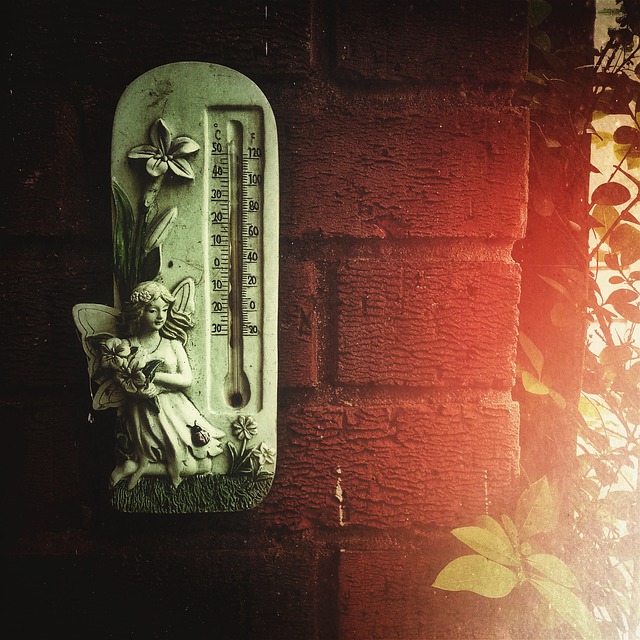 1.
1. 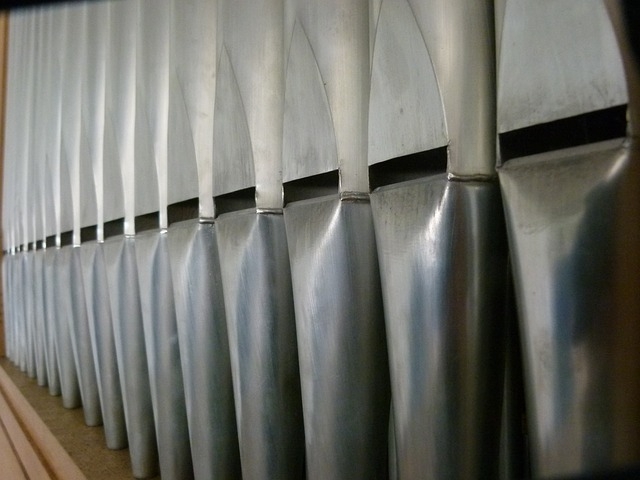 1 – Whistling
1 – Whistling